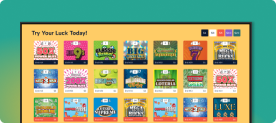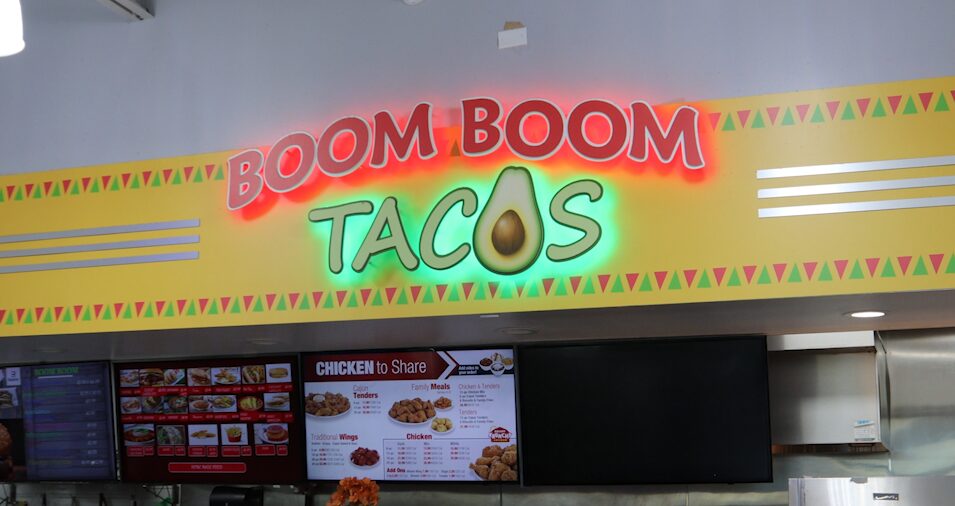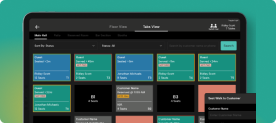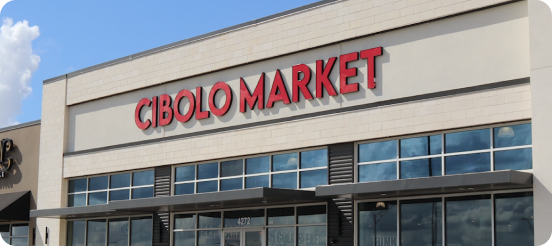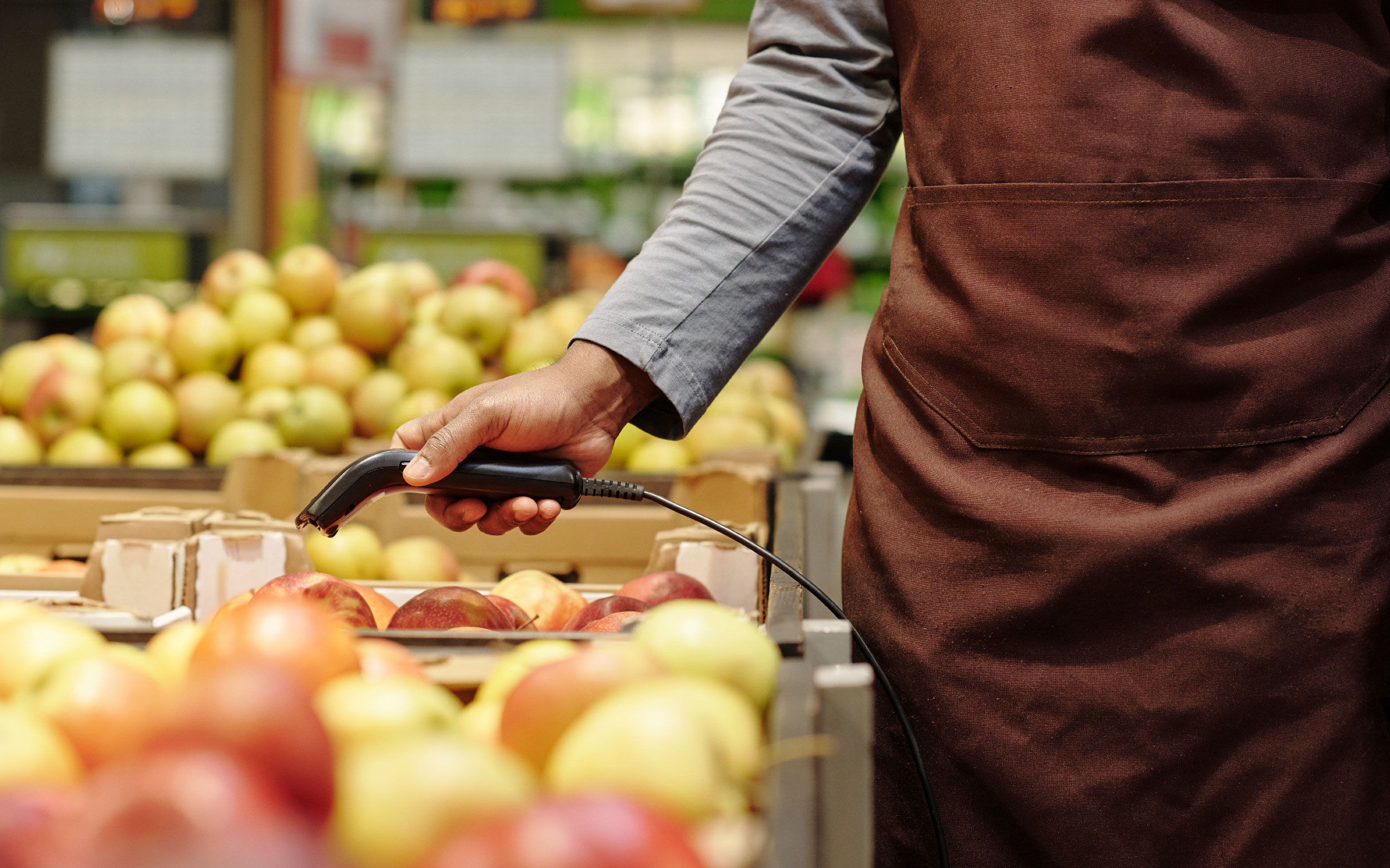
Coffee Shop Startup Guide: Learn How to Open a Coffee Shop in 7 Steps
Coffee is one of the most common drinks among Americans. Introduced back in the mid-1600s in North America, coffee soon became a widely consumed beverage in the United States. Today, U.S. citizens consume around 400 million cups of coffee every day. As the demand increased, the coffee market continued to grow, creating a window for entrepreneurs looking to open a coffee shop. In 2024, starting a coffee shop business could be a great idea! While there are a lot of coffee brands, including Starbucks being on top, there is still a lot of market for small coffee shop owners to grow. According to Statista, the Coffee market is projected to grow annually by 3.01% between 2024 and 2028. The United States stands out by generating $11.4 billion in revenue. This gives a lot of space and hope for the coffeepreneurs looking to start their coffee shop. However, opening a cafe business in a saturated market where the demand of consumers is rapidly increasing can be challenging. Therefore, the Modisoft guide provides you with the best practices on how to open a coffee shop. Is It the Right Time to Start a Coffee Shop Business? If you are looking to step into the coffee market, this is the right time for you. The habit of consuming coffee has gained popularity amongst various groups including students, office professionals, the elderly, and workers. People from all walks of life love to drink coffee for various reasons. Most people, including corporate employees, start their day with caffeine to kickstart the morning. While on weekends it becomes a leisure companion bringing people together. This led to the expansion of business opportunities. Now, the cafe business has become the social hub for people to spend time with their family and loved ones while sipping Latte, Americano, or Cappuccino. The top advantages of starting a cafe are: Become a Part of Booming Industry– The coffee market is a growing industry globally. It is only getting bigger with each passing year. By becoming a part of this industry, you can increase your business growth resulting in more revenue. Build Community- The cafe business helps you build a community of coffee lovers in your area. You meet and interact with new people every day. You can create a unique concept that can set you apart from other coffee shops. More Opportunities to Earn Revenue- As the culture of remote working is getting popular, people are seeking a relaxed environment. Thus, the cafe becomes the right spot for freelancers and remote workers to work conveniently. How Profitable Is Owning a Coffee Shop? Is owning a coffee shop profitable? Around 400 billion cups of coffee are consumed globally. This means that coffee shops must be making a solid profit. The profit margin of a coffee shop depends on various factors. For instance, the location, menu offerings, labor costs, and more. The major expenses that influence the profit margin include wages, rent, and the cost of goods sold. On average, a coffee shop makes around 54% gross profit and 6.86% net profit. The major factor affecting the profit margin is the operating cost of a cafe. Ideally, you need to sell high-margin products such as pastries and sandwiches to increase revenue. To calculate the profit of a coffee shop you need to multiply monthly sales by profit margin. If a coffee shop sale is around $20,000/month and the profit margin is 4% the profit would be $800. But these numbers can significantly increase if you add more products, roast your own coffee, or add a unique selling point. Cost to Start a Coffee Shop Business When opening a coffee shop, you must determine the total cost involved in getting it off the ground. The coffee shop business can be expensive to start. The monthly operating cost can be up to 75% to 85% of sales. Thus, it seems extensive and daunting at first but has the highest potential for a significant return on your investment. If you have a limited budget, there are still ways to get your feet wet without going all into a full-service cafe. For instance, you can consider opening a drive-thru coffee shop, or a mobile coffee cart that starts at only $60,000. The major cost involved in opening a coffee shop includes Buying or Renting a Location Utilities Inventory Cost Employee Wages Insurance Equipment Cost 7 Steps to Start a Successful Coffee Shop Business It’s no secret that starting a business from scratch isn’t easy. Cafe business also requires the same efforts, dedication, and analytical skills to succeed. You need to understand the economics of a coffee shop to open a well-planned business. The key steps that can influence the success of your coffee shop business are discussed below. Step 1: Create a Brand Concept Creating a basic brand concept regarding how you want your coffee shop to operate is the key step to launching a successful coffee shop. In this initial step, you need to choose the name of your coffee shop, purchase the domain, and get the legal trademark. You also need to choose the type of coffee shop you want to open. Whether you are willing to open a drive-thru shop, full-service cafe, or a mobile-cart. Remember to analyze all the options before picking one. Step 2: Create a Coffee Shop Business Plan No business can work without a proper business plan. You need to prepare a well-researched business plan that discusses every aspect of your business. From discussing the supply chain to the rental cost, a business plan needs to indicate everything that fuels up your business. The top key factors that must be mentioned in a coffee shop business plan include Executive Summary– This is the first section of a business plan in which you need to explain your overall business concept. You can discuss the key elements such as how your business will generate revenue, what your mission is, your target market, and USP. Industry Overview- Discuss the market dynamics,
